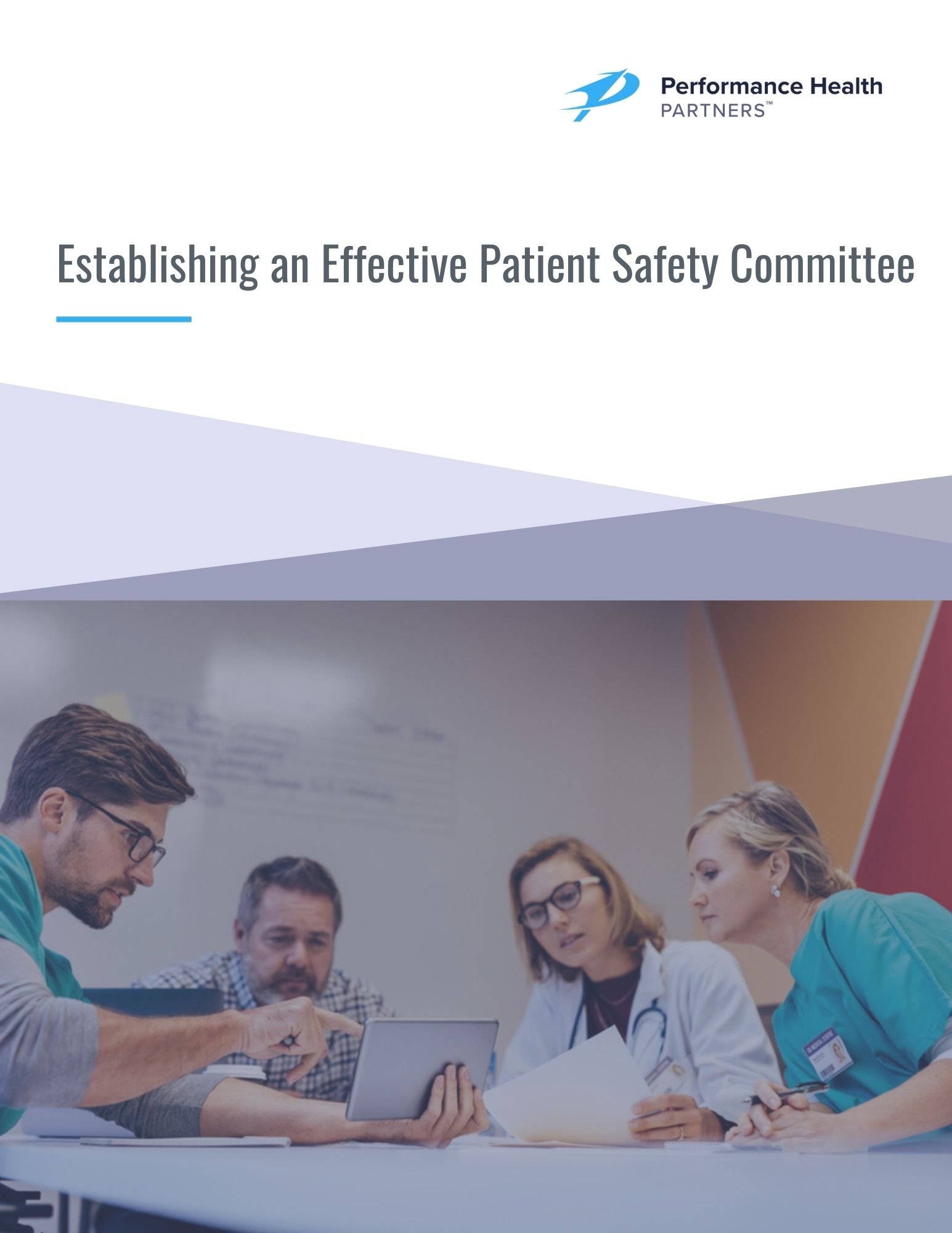However, the majority of the more than 890,000 healthcare facilities in the United States – especially small to mid-sized providers – have not yet implemented technology to monitor, manage, and optimize patient safety and quality. As a result, the data patient safety committees rely on to improve outcomes is often inconsistent or incomplete.
In other words, when healthcare organizations rely upon manual patient safety tracking, they lack the tools for effectively synthesizing event data for the purposes of learning, training, prompt remediation, and prevention.
That’s why healthcare incident reporting software is a critical component of efforts to improve patient safety and quality of care, efficiency, and reduce health disparities across healthcare organizations by allowing them to track and learn from medical errors and other patient safety incidents.
An incident reporting system can solve data collection issues. It facilitates incident data aggregation and analysis so that patient safety committees and other relevant stakeholders can perform root cause analysis, identify patient safety trends, and determine ways to reduce and prevent further harm.
With the right incident reporting software, it's possible for healthcare organizations to improve patient safety and quality of care by decreasing medical errors, reducing patient risk, and improving overall patient safety — more efficiently than ever before
However, the majority of the more than 890,000 healthcare facilities in the United States – especially small to mid-sized providers – have not yet implemented technology to monitor, manage, and optimize patient safety and quality. As a result, the data patient safety committees rely on to improve outcomes is often inconsistent or incomplete.
In other words, when healthcare organizations rely upon manual patient safety tracking, they lack the tools for effectively synthesizing event data for the purposes of learning, training, prompt remediation, and prevention.
That’s why healthcare incident reporting software is a critical component of efforts to improve patient safety and quality of care, efficiency, and reduce health disparities across healthcare organizations by allowing them to track and learn from medical errors and other patient safety incidents.
An incident reporting system can solve data collection issues. It facilitates incident data aggregation and analysis so that patient safety committees and other relevant stakeholders can perform root cause analysis, identify patient safety trends, and determine ways to reduce and prevent further harm.
With the right incident reporting software, it's possible for healthcare organizations to improve patient safety and quality of care by decreasing medical errors, reducing patient risk, and improving overall patient safety — more efficiently than ever before.

